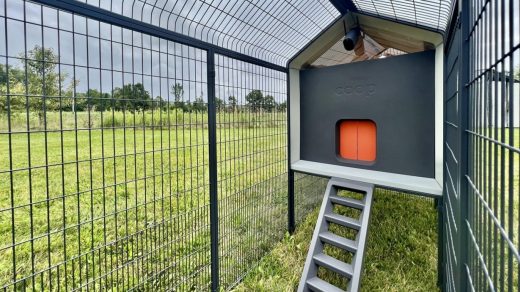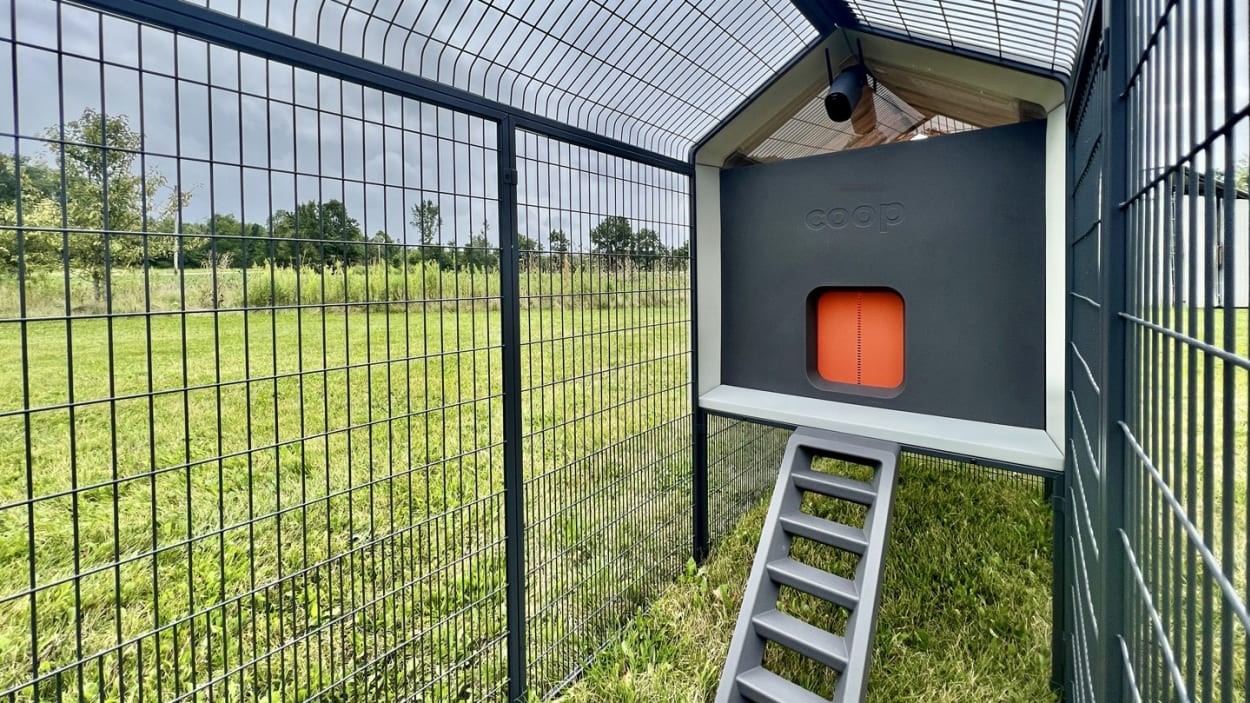The smart home of the future is here—and it’s for chickens
Branded is a weekly column devoted to the intersection of marketing, business, design, and culture.
If you made a list of things that need to be redesigned and updated for the smart-tech era, it might take you a while to get to the chicken coop. But, yes, a startup called Coop is currently delivering “early bird” orders for its $2,500 “smart coop,” a sleek object tricked out with technology for backyard farmers and their hens. And yes, Coop recognizes there’s something slightly absurd-sounding about the enterprise: “We spent more than 10,000 hours designing our chicken coop,” its site announces. “Which is hilarious.”
Nevertheless, cofounders AJ Forsythe and Jordan Barnes don’t seem to be kidding. To design their coop, in fact, they tapped Bould Design, the San Francisco industrial design firm known for work for Nest, Roku, and a host of tech startups. And the Coop pitch escalates quickly from making a product for any aspiring chicken owner to disrupting the food-industrial complex. Right now, about 3% of households raise chickens, chief marketing officer Barnes says, but the Coop is meant to both impress home-poultry veterans and especially to ease the process for first-timers—and thus, “democratize chickens.” Silly as that phrase may be, more than half of Coop’s preorders are from newbies, Barnes says, and “if one in five households had backyard chickens, we could completely eliminate egg-laying Big Poultry in the U.S.”
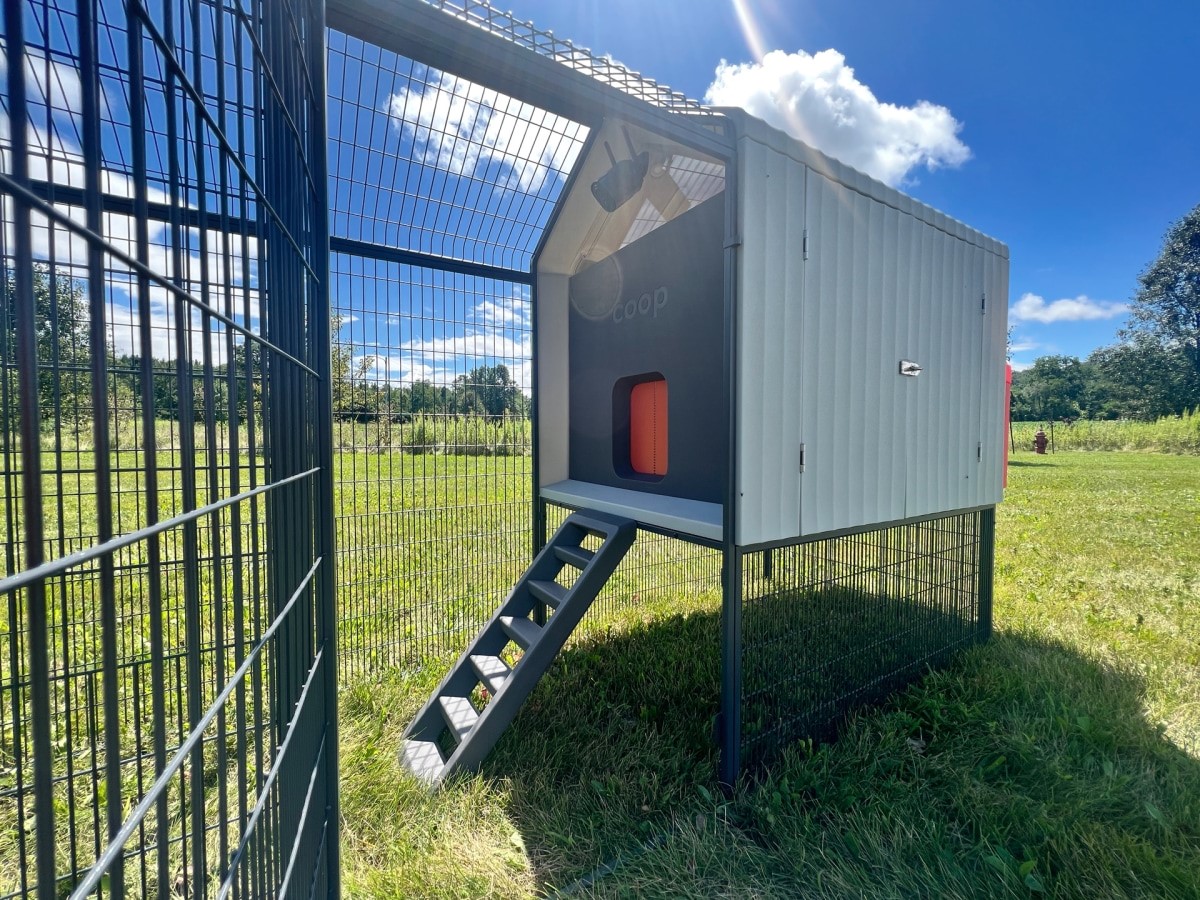
The pair have a track record. Forsythe’s first startup was of the born-in-a-dorm variety: In around 2011, as a student at Cal Poly, he fixed his own broken mobile phone, started doing the same for other students, and gradually built that into a repair service called iCracked. Post-college, he and his iCracked cofounder headed for San Francisco, landing backing from Y Combinator and scaling the service into a multimillion dollar company. (Along the way, Barnes, whom he’d known since high school, joined and oversaw some of its international expansion.) In 2019, iCracked was acquired by Squaretrade, a subsidiary of Allstate that sells consumer-device protection plans. Forsythe stayed on for a couple of years but was in a position to be choosy about his next project.
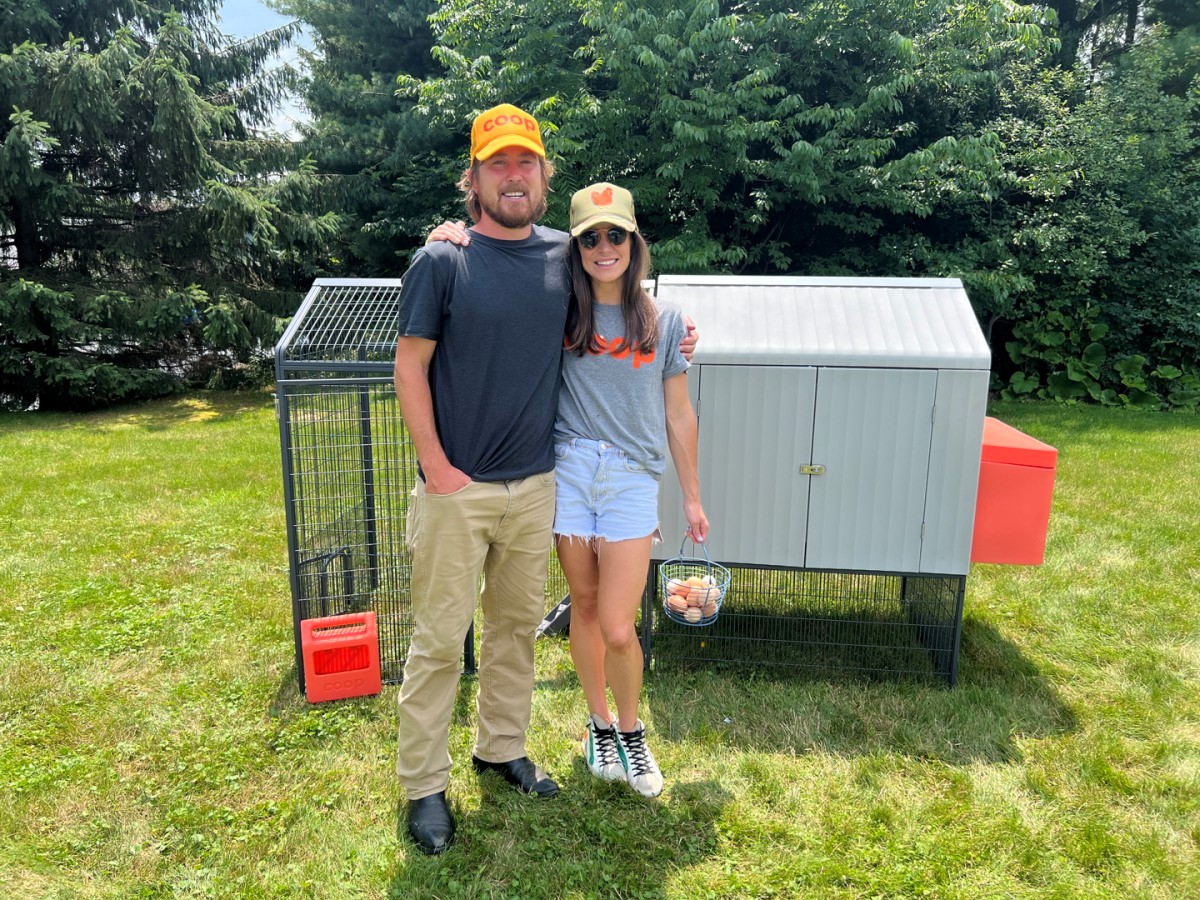
He—and Barnes—chose chickens. This too traces back to Forsythe’s college days: As a student, he acquired some chickens, built his own coop, and has continued the practice of raising them. He was vacationing when a 2021 ice storm threatened the chickens in his Austin backyard, and he had to rush home to make sure they were okay. He’d tinkered with coop design for years, but this incident made him and Barnes consider the possibility of a tech-forward coop that would appeal to the “chicken curious”—a plug-and-play product that would make it possible for anyone with a backyard to raise a few chickens (and enjoy their eggs). While they were well in motion when soaring egg prices became front-page news, that certainly boosted interest.
This translated to a host of features, many connected to and controlled via a smartphone app: both an interior and exterior camera; an automated hatch door that shuts when all the chickens have come inside at dusk, and opens at sunrise; motion detectors; and photon torpedoes for repelling predators.
Okay, just kidding on that last one, but apparently the top cause of chicken-quitting is the birds being killed by other animals. Not much can be done about a midday hawk attack, but chickens are most vulnerable at night (which is why they naturally head back to the coop as the sun fades). This informed Coop’s construction, involving, the company says, the same plastic process used for Yeti coolers, plus a welded steel frame. Similar consideration was given to balancing warmth and ventilation, and removable poop trays for quick cleanup.
While Coop’s goal has been described as making “the Tesla of chicken homes,” it was obviously an unusual assignment for Fred Bould and his firm. As he explains, there was no initial prototype, so his team built on Forsythe and Jordan’s functional parameters with research into coop forms, finding that there were actually some surprisingly “bespoke” chicken homes out there. The goal became creating something that built on prefab options (such as those designed by popular pet-house maker Omlet), but had more of an “architectural” vibe, like a guest house with a crisp, vaguely New Urbanist vibe. “We wanted something,” says Bould, “that made a statement.”
That said, the design also had to be chicken-centered. That meant a lot of back and forth about configuring the space, working out roosting-bar height and shape, figuring out the optimum light admission, and so on, says Bould partner Jamie Perin, all focused on “making sure the chickens felt comfortable where they could lay their eggs.”
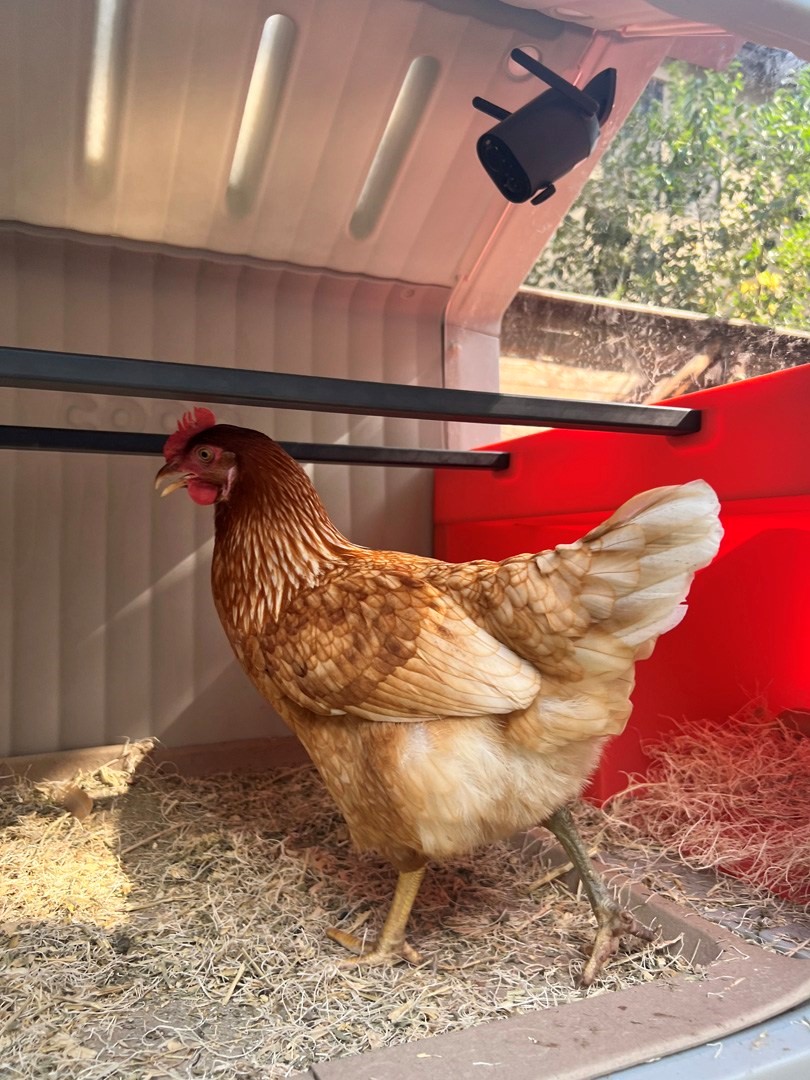
As this process played out, Coop’s exploration of backyard-chicken culture led it to start a side service of on-demand coop maintenance—by what it calls, in Dad joke fashion, “chicken tenders”—now available in multiple cities. (This has aided the coop-design process, the Coop founders say, but they remain focused on the hardware product.) Not surprisingly, Coop experienced a surge of interest when egg prices went through the roof earlier this year. They’ve come down to Earth since then, but food inflation remains a widespread concern. And while Barnes won’t get specific, she asserts that “we’re exceptionally happy with the number of presales.” (The founders also say they have raised “a couple million dollars in venture capital,” but decline to get specific about that either.)
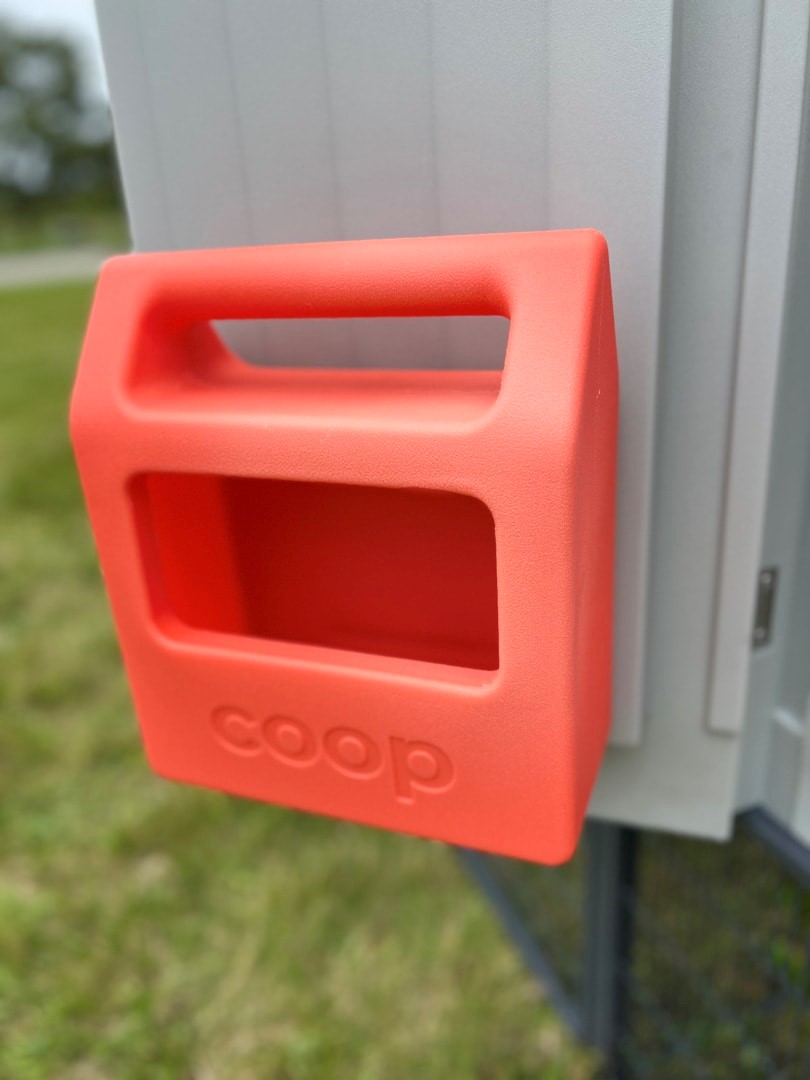
The next phase is learning from the Coop units currently being shipped to those early-bird buyers. It will be a significant test. Clearly the first hurdle is proving, in Perin’s words, that this is “something you want in your backyard.” And then, it has to work.
But Barnes insists the upside potential is considerable: It’s a backyard-to-table enabler, plus chickens can gobble much of your household food waste, and their poop converts to great fertilizer. Imagine all that, and maybe it can put a dent in mega-poultry. “The end product is a more affordable egg, an incredibly better-for-you egg,” she says, “and the chickens have a better experience.”
(20)

